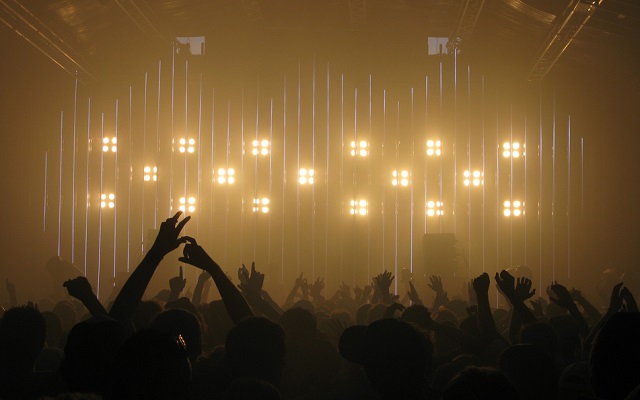Binche Carnival, in the Belgian province of Hainaut, is one of the oldest surviving European carnivals – and certainly one of the most unusual. Although the culmination of the festival is undoubtedly Shrove Tuesday, or Mardi Gras, the weeks before then see the start of an incredible build up of activity. For up to seven weeks before the climax of the Carnival, the sound of the drums which so characterise this event can be heard preparing – and every Sunday they will play out their 26 traditional tunes throughout the historic town of Binche. It all boils up to a crescendo which can be summed up by the words masks, hats, oranges – and the ubiquitous drums.

To trace the origins of this frankly quite bizarre celebration, you have to go back as far as the fourteenth century. The Gilles, the weirdly costumed central characters, probably have links with the Inca-inspired costumes said to have been worn by local dignitaries to honour Emperor Charles V in the sixteenth century. The festival in the form that it is held today was more or less established during the nineteenth century – as that is when the masks, instruments and carnival balls all became part of the tradition. This tradition has been so important to the people of this Walloon municipality that the Carnival was given World Heritage status by UNESCO in 2003.
The Binche Carnival takes place for the three days leading to Shrove Tuesday. The Sunday of Carnival will see a parade during the middle of the afternoon, with many elaborate fancy dress costumes. The bands will accompany the parade and then continue playing until well into the night.
On the Monday, there is a parade for the children but, again, the local musicians will move from bar to bar and play in the streets. They will be playing medieval instruments such as the hurdy-gurdy (a kind of fiddle with a keyboard that sounds like a bagpipe, if that makes any sense), barrel-organ and viol (one of the most popular renaissance musical instruments). There’s a fireworks display in the evening.
It is on the day of Mardi Gras itself that everything gets quite frantic. The Gilles – and there can be up to 1000 of them – wear their traditional costumes. Some of these are up to 150 years old. The costumes, largely in the Belgian national colours of red, yellow and black, are stuffed full of hay and girdled by a heavy belt with jangling bells attached to it. They wear large wooden clogs, elaborate wax masks and enormous ostrich-feature head-dress type hats. Some of this headgear can be over a metre in height and will cost more than £200 or $300. The Gilles are supposed to frighten away evil spirits and it’s not hard to imagine why that would be the case!
The Gilles and assorted harlequins, pierrots and the remainder of the celebrants dance through the streets, in the process of which they hurl oranges at the watching spectators. This, apparently, is a manner of blessing the approaching summer – but it will explain to perplexed visitors why many of the town’s windows had been boarded up before the Parade began. Everyone then congregates around the Town Hall for dancing, drinking and further merriment and finally the whole day is rounded off by another gigantic display of fireworks.
The Binche Carnival, this beguiling mixture of Latin and Northern European festivals, attracts thousands of visitors every year to what is probably Belgium’s best preserved medieval town. Just 50 kilometres (34 miles) or so south of Brussels and very close to Charleroi airport (Brussels South), it’s an easy town to travel to. Accommodation is quite scarce in Binche itself, as all the available hotel rooms book up very early. However, Mons, Charleroi and Brussels are all within a short driving distance.
Further information about this unconventional, yet utterly compelling festival, can be found on the official Binche Carnival website.




